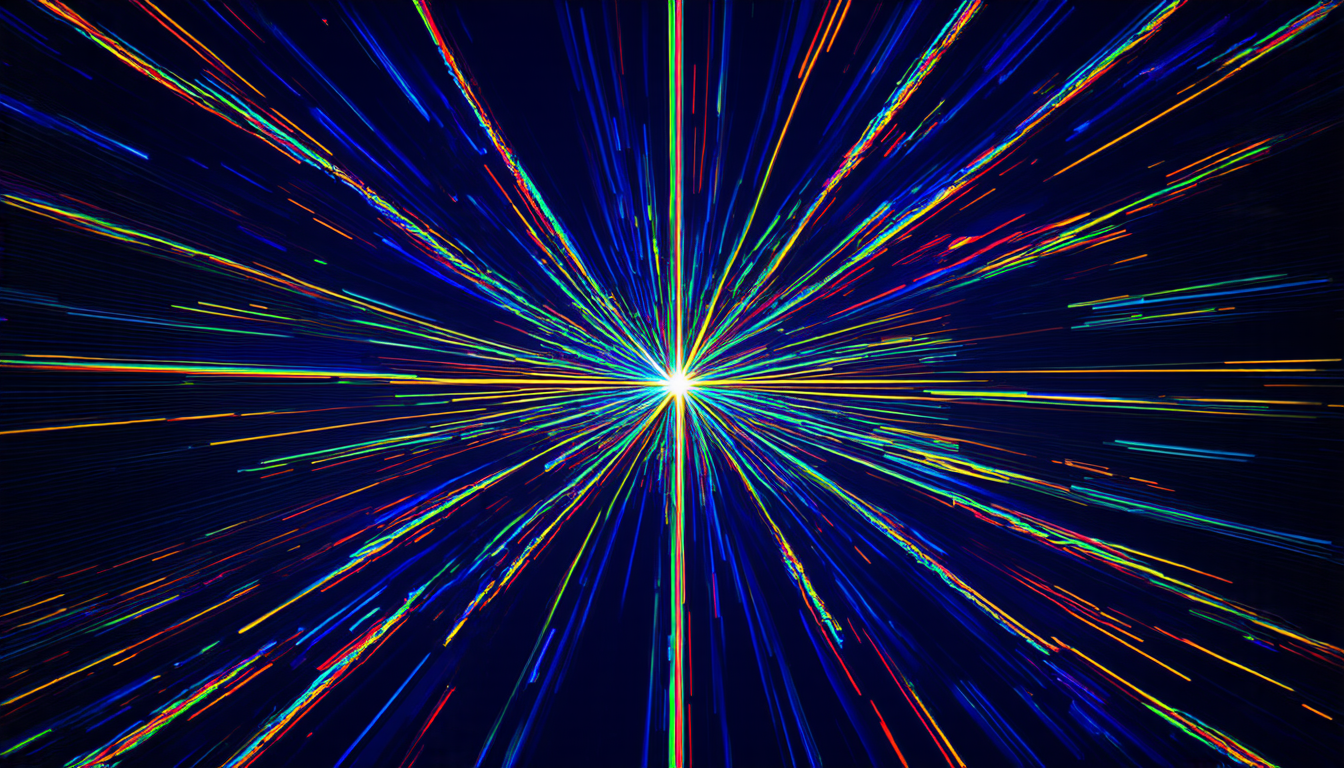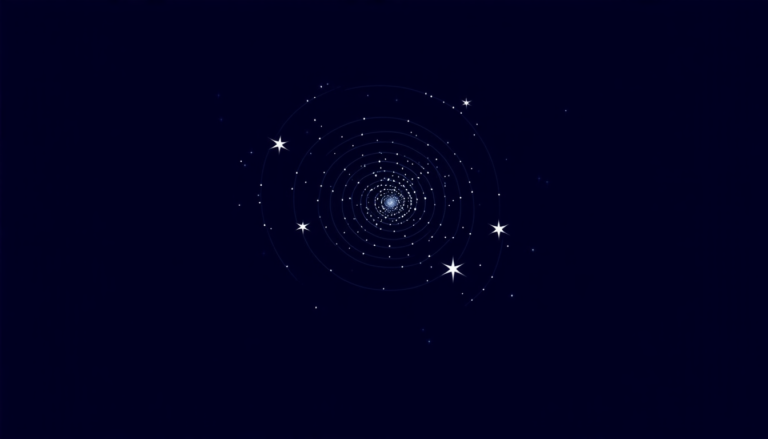Wednesday 16 April 2025
The quest for a deeper understanding of Einstein’s theory of general relativity has led scientists down a fascinating path, one that combines mathematics, physics, and geometry in unexpected ways. A recent paper delves into the intricacies of Einstein-Weyl spaces, a theoretical framework that attempts to merge gravity with electromagnetism.
To grasp this concept, let’s first consider the fundamental forces of nature: gravity, electromagnetism, and the strong and weak nuclear forces. These forces are described by different physical theories, which have been incredibly successful in predicting experimental outcomes. However, they don’t provide a unified explanation for how these forces interact with each other.
Einstein-Weyl spaces aim to bridge this gap by introducing a new geometric structure that combines gravity and electromagnetism. This framework is rooted in the work of Hermann Weyl, who proposed a theory of gravitation as an emergent property of spacetime geometry. The resulting mathematical framework has led to some remarkable insights into the behavior of particles and fields.
One of the key findings is the existence of dispersionless integrable systems, which describe the motion of particles and fields without any loss of energy or information. These systems are incredibly useful for understanding complex phenomena in physics, from the behavior of high-energy particles to the dynamics of black holes.
The paper also explores the concept of nonlinear Riemann-Hilbert problems, a mathematical tool used to solve integrable equations. This method has far-reaching implications for our understanding of wave propagation and scattering, allowing researchers to analyze complex systems in ways that were previously impossible.
A key challenge in Einstein-Weyl spaces is the development of a consistent mathematical framework that can be applied to real-world phenomena. The authors have made significant progress in this area, using techniques from algebraic geometry and topology to construct solutions to the equations governing these spaces.
While the results are still theoretical, they offer a promising glimpse into a deeper understanding of the fundamental forces of nature. By combining geometric structures with physical principles, researchers hope to uncover new insights into the behavior of particles and fields, potentially leading to breakthroughs in areas such as cosmology and particle physics.
Ultimately, the pursuit of Einstein-Weyl spaces represents a fascinating intersection of mathematics, physics, and geometry. As scientists continue to explore this theoretical framework, they may uncover new secrets about the nature of reality itself.
Cite this article: “Unlocking the Secrets of Einstein-Weyl Geometry: A New Perspective on Integrable Systems”, The Science Archive, 2025.
Gravity, Electromagnetism, Einstein-Weyl Spaces, General Relativity, Geometry, Algebraic Geometry, Topology, Integrable Systems, Nonlinear Riemann-Hilbert Problems, Mathematical Framework.







